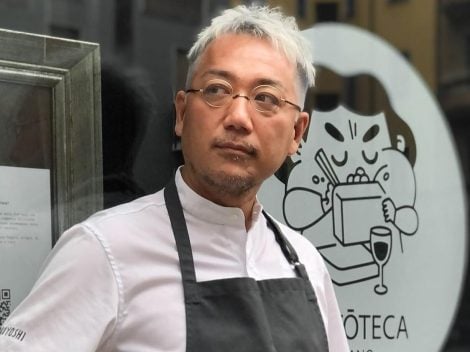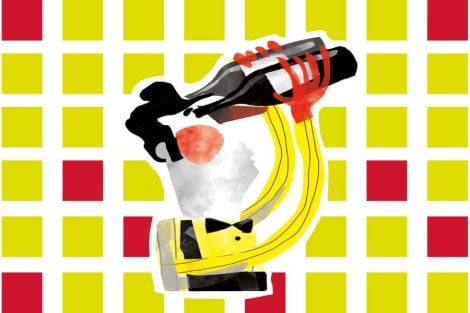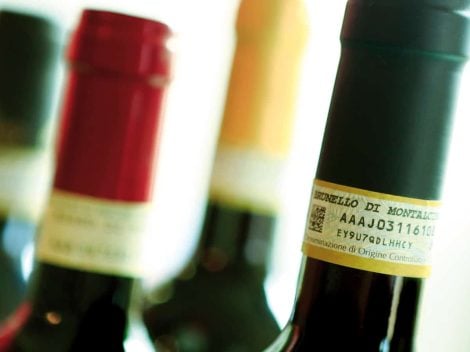What is sdijuno from Abruzzo
It has recently been defined as a long life elixir by researchers from the University of Teramo, but the Abruzzo-native "sdijuno" has always existed. A sort of ante litteram aperitif, a mid-morning meal of simple local products of the peasant tradition: a little cheese, a slice of bread, a few eggs scrambled with vegetables. Sdijuno comes from the root term for fast because the meal is able to leave the body on an empty stomach for several hours, thus supporting workers in the countryside. It's an abundant snack that for centuries has been the main meal of the whole day and which last summer was the subject of the "Centenari" study, a survey on the eating habits of the Abruzzo population between the ages of ninety and one hundred
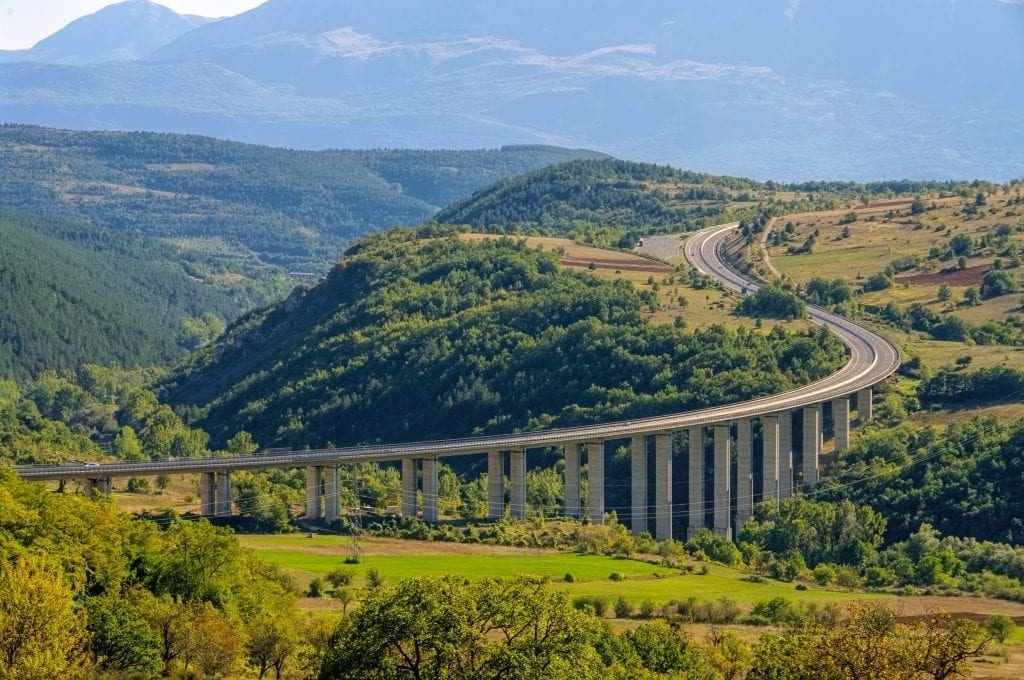
Sdijuno from Abruzzo, a long life elixir
A ritual from the past that still endures among older people, as explained by Mauro Serafini, professor of nutrition at the Biosciences faculty of the University of Teramo: "Sdijuno is a tradition that remains, the first abundant meal of the day". To be eaten after a light breakfast, around 11 am, to guarantee the body "a fasting period of about 14/16 hours". A food habit of the past that is perfectly in line with the most recent scientific research, "which highlights the importance of concentrating the meals of the day, but above all of limiting the calorie intake in the evening, when the metabolism slows down", Serafini adds.
Sdijuno from Abruzzo: how it works
It's therefore a healthy model, "able to explain, along with environmental, nutritional and genetic factors, Abruzzo's longevity". There are in fact more than 150 municipalities with a high longevity rate, almost all located in the inland areas adjacent to the Gran Sasso, Majella and Marsica National Parks. Places where the slow rhythms of life have not given way to today's tighter ones. These are hilltop villages frozen in time, and where the elderly continue to respect the ritual of sdijuno, allowing themselves a rich mid-morning snack, and ending the day with a light dinner.

What to eat during sdijuno
What to eat during sdijuno? Pane onde (bread drizzled with olive oil), cheese, salami and also pipidune and ove, pan fried peppers with scrambled eggs, or pizza e foje, a small corn flour flatbread cooked under the coppo, an iron lid used to cook food on the grill or directly in the fireplace; this is accompanied by wild chicory or casigne aka crespigno, a wild green that grows in the area.

Sdijuno from Abruzzo: the diet of the elderly
The hearty snack can also include eggs cooked in tomato sauce or omelettes, as Carina––90-year-old grandmother from Collecorvino, in the province of Pescara––told researchers: "Around 10.30/11 am we used to eat the most important dish of the day, which we ate directly in the open air, in the fields. A single high-calorie meal consisting of bread, cheese, ham, eggs with sauce, omelettes with peppers, soup, homemade noodles in broth, wine. It was enough for the rest of the 24 hours." At dinner a smaller meal, "at best something frugal just before sunset: a salad, some vegetables. And shortly after that we were in bed." How about sweets? "Banned. And I continue to honour this ritual even today, even though I spend my days at home".
by Michela Becchi

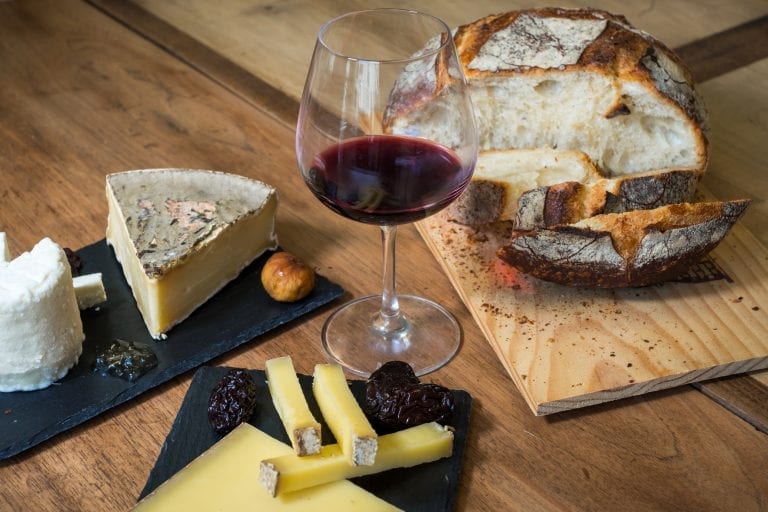
 Dealcoholised wines, everyone halt: production in Italy is blocked until 2026
Dealcoholised wines, everyone halt: production in Italy is blocked until 2026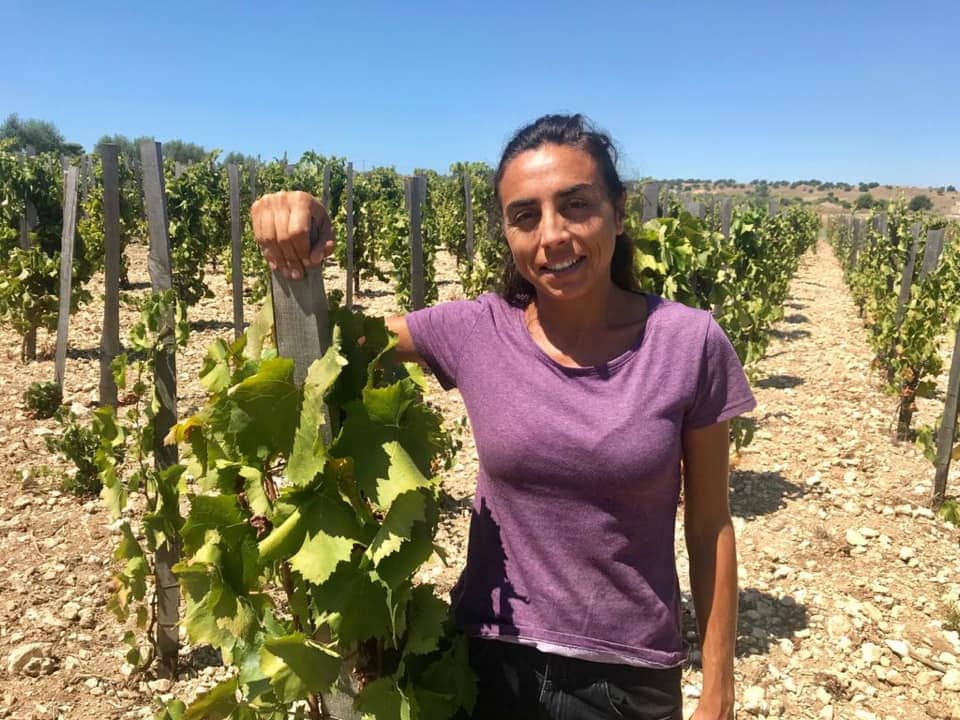 Arianna Occhipinti surprises everyone and returns to Verona: "There are too many natural wine fairs, and they’re too scattered"
Arianna Occhipinti surprises everyone and returns to Verona: "There are too many natural wine fairs, and they’re too scattered"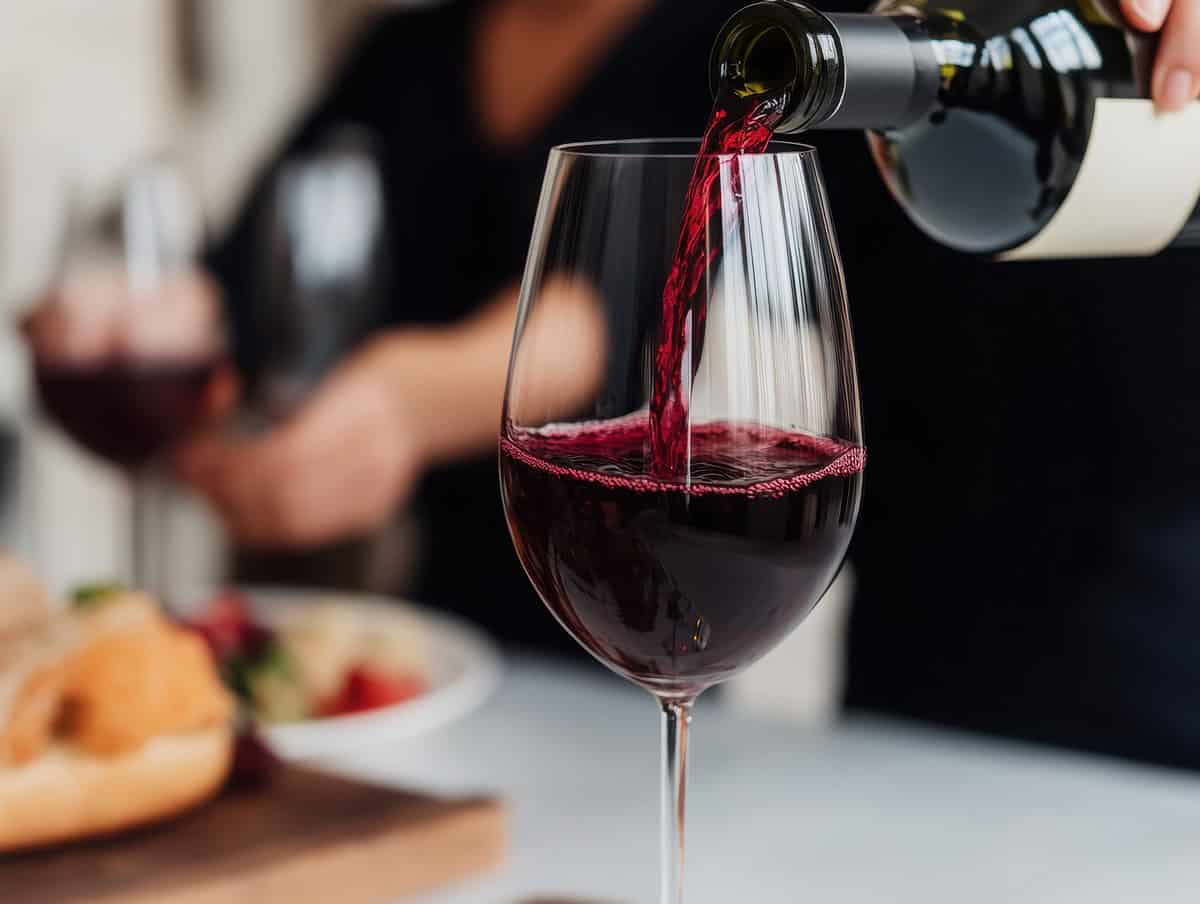 “Wine tariffs? Chaos inevitable. Producing it is increasingly expensive.” The Censis-Confcooperative study
“Wine tariffs? Chaos inevitable. Producing it is increasingly expensive.” The Censis-Confcooperative study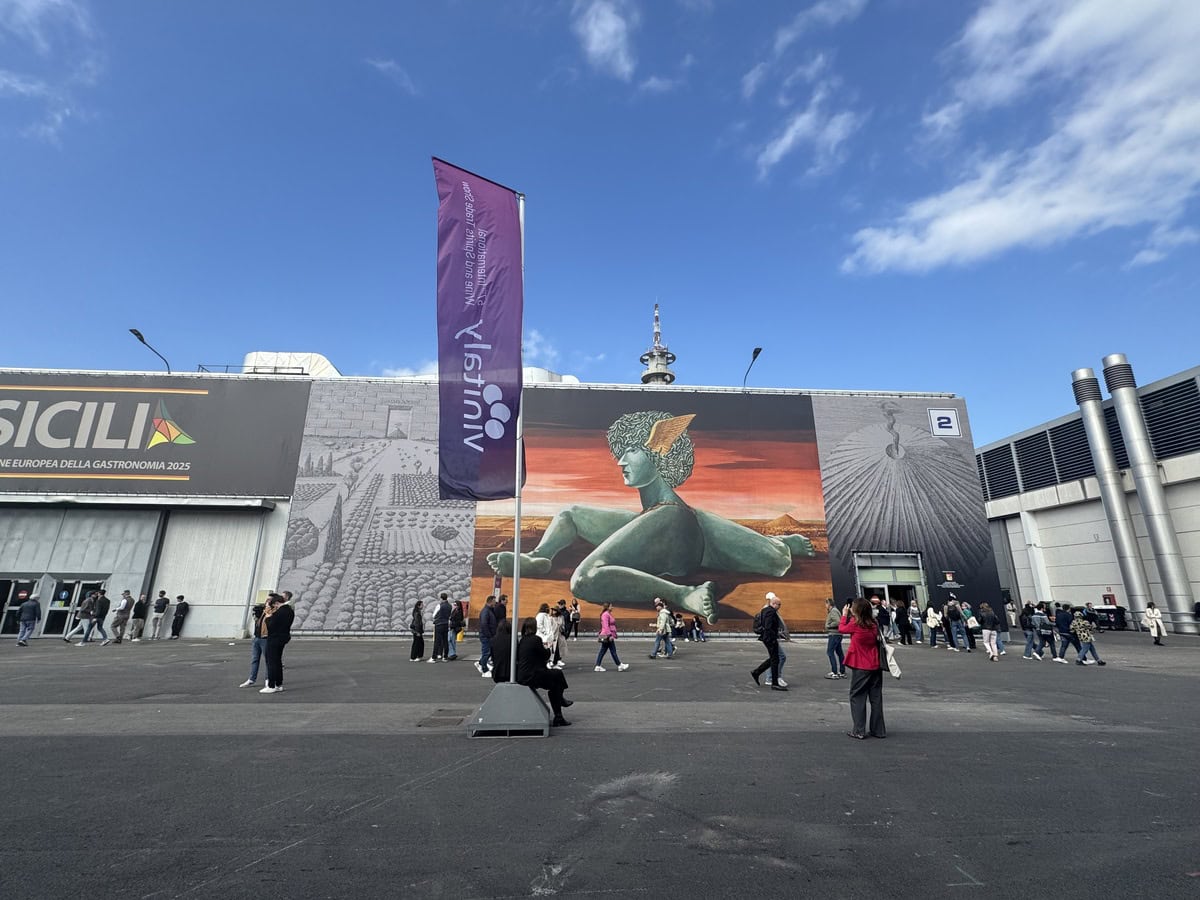 Lost inside Vinitaly? Here are five tastings to try, according to Gambero Rosso
Lost inside Vinitaly? Here are five tastings to try, according to Gambero Rosso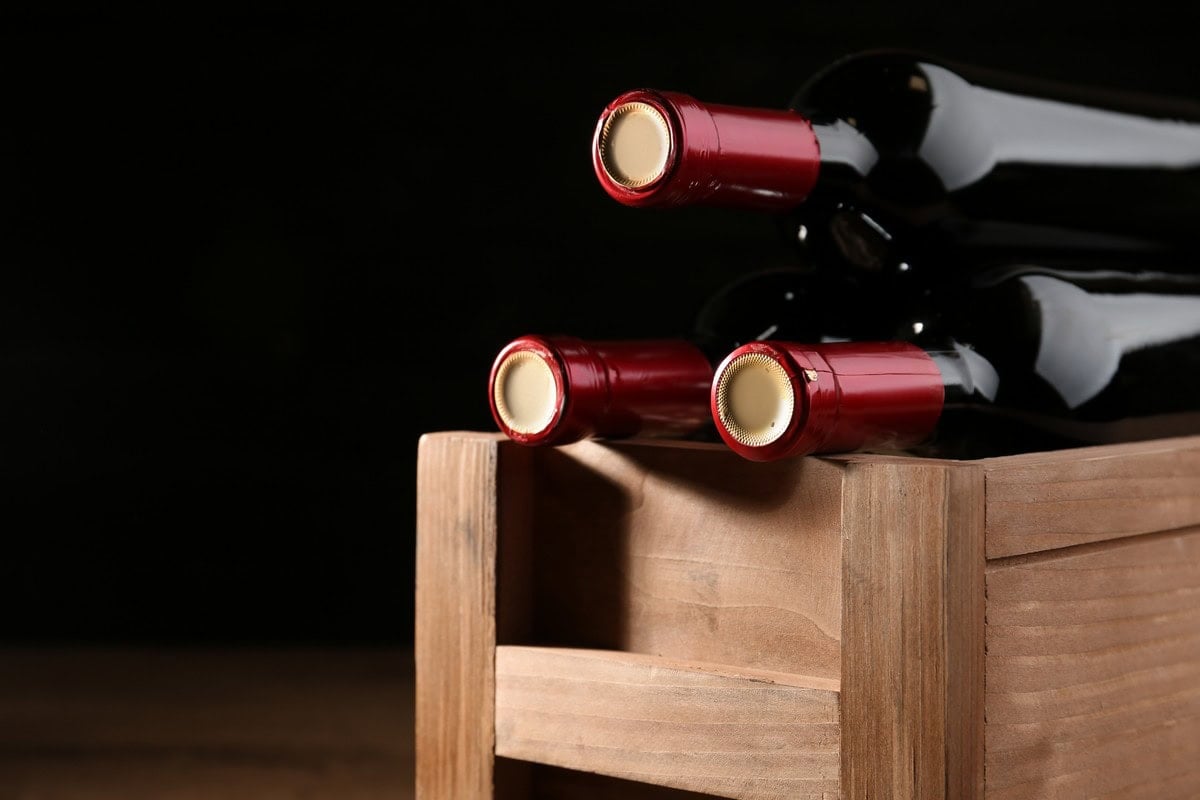 The US market accounts for 24% of global exports of Italian wine. Federvini: “We cannot risk being pushed out”
The US market accounts for 24% of global exports of Italian wine. Federvini: “We cannot risk being pushed out”